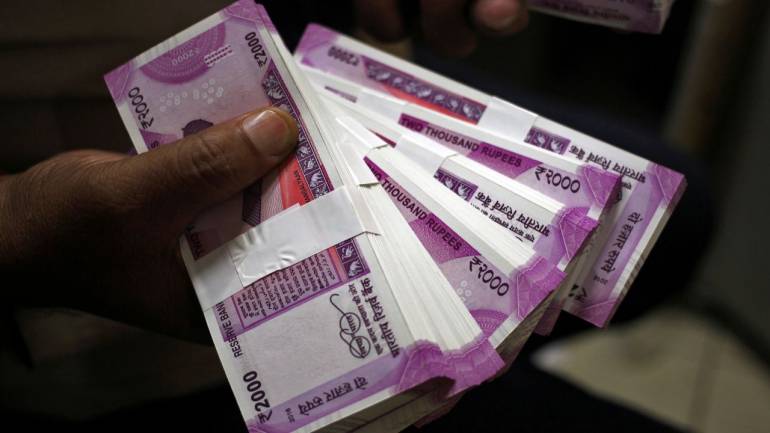CPs are unsecured money market instruments issued by corporates to raise short-term funds and are usually for a period up to one year
The cost of borrowing for housing finance companies (HFCs) via commercial paper (CPs) surged 82 basis points (100 bps=1 percentage point) from April last year to January this year, CARE Ratings said in a study. The same for liquidity stressed non-banking financial companies (NBFCs) rose 64 bps over the same period.
CPs are unsecured money market instruments issued by corporates to raise short-term funds and are usually for a period up to one year. NBFCs and HFCs are key borrowers of these funds, accounting for almost 55 percent of all fresh CP issuances on a monthly basis.
In contrast, the marginal cost of lending rate (MCLR) of banks increased only 46 bps, nearly in line with the 50 basis repo rate rise seen over this period. The yield on 10-year government bonds actually declined by 16 bps from April last year to 7.35 percent in January.
At the peak (September-November 2018) of the liquidity crisis, emanating from the defaults by Infrastructure Leasing & Financial Services (IL&FS), the cost of borrowing for HFC and NBFCs rose 56 bps and 83 bps to 8.21 percent and 8.51 percent in November, respectively.

However, in the case of NBFCs borrowing cost surged 178 bps month-on-month to 9.92 percent during July last year as six NBFCs issuing fresh CPs during the end of the month at very high interest rates (11-12.5 percent range versus an average interest rate of 7.37 percent during the month), the study found.
This, despite the proportion of fresh issuances for NBFCs being lower at an average of 26.5 percent during September-November as against 34.5 percent seen during April-August. The same has now moderated by 75 bps to 22.6 percent during December 2018-January 2019.
“Lower issuances and sustained increase in the interest rate cost reflects the tight liquidity conditions and trust deficit faced by this sector,” Sushant Hede, Associate Economist and author of the report, titled ‘Cost of borrowing for commercial papers’, said.
In the case of HFCs, the decline in fresh CP issuances has been far steeper versus that of NBFCs. Fresh issuance for HFCs declined to 8.2 percent in January from 28.5 percent in April last year. During the same period, the share of NBFCs declined to 24.5 percent in January from 39.6 percent in May 2018.















